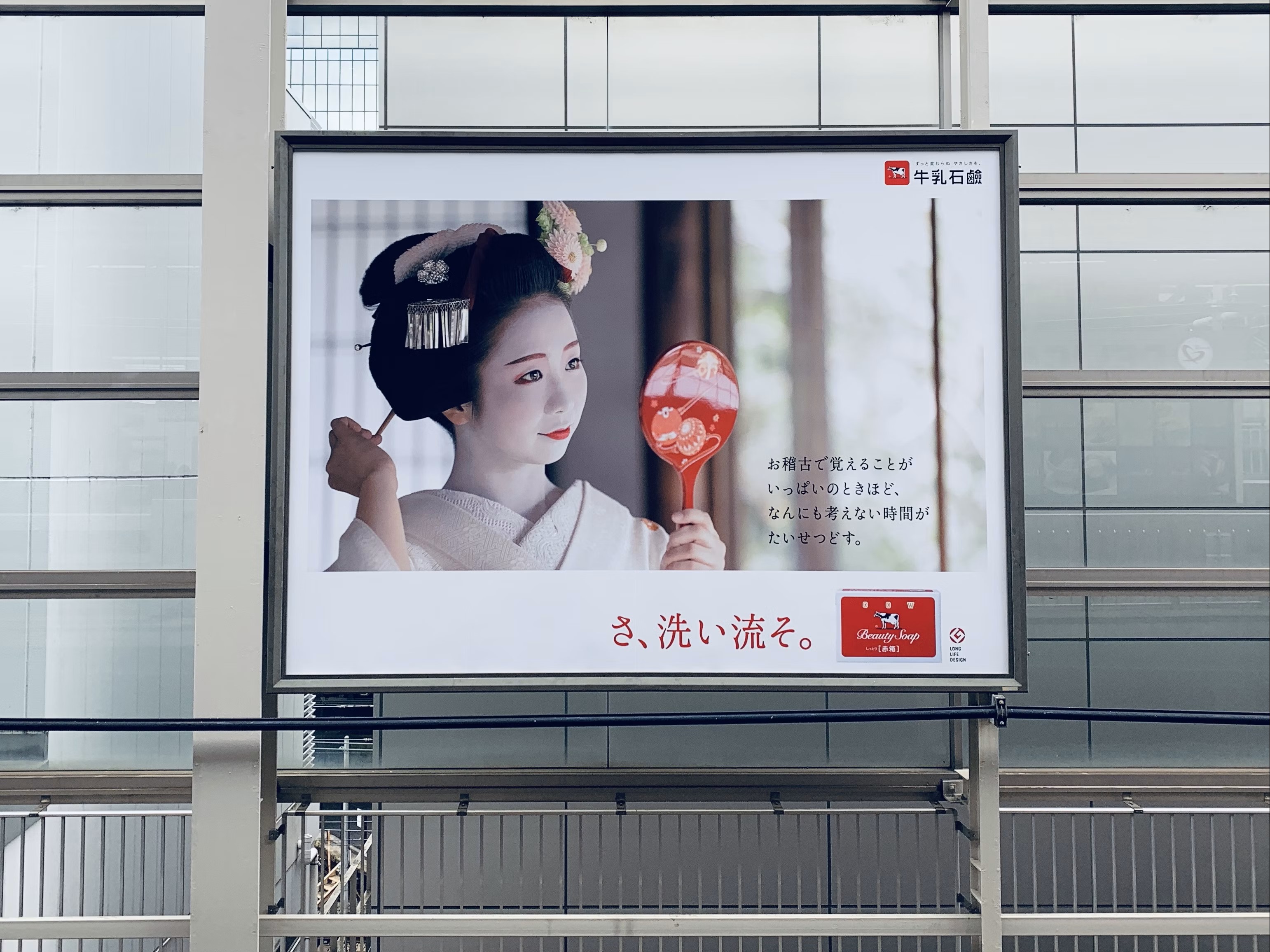In the first part of the series, we explored how semiotics fits in market research and adds value to a project brief. In the second part of the series here, we will explore the nuts and bolts of semiotics. For this, we make use of the iceberg principle – there is the visible bit of the iceberg and there is a mass of ice underneath, that is invisible to us.
Not paying attention to the invisible part of the iceberg is a missed opportunity for brand. Semiotics is interested in the visible signs of a product and communication and the invisible meanings they communicate and how the signs communicate this.
How do brand signs communicate meaning?
Consider the scenario where consumers are offered orange juice in cartons with or without an image of an orange on it. They would most likely pick the one with an image on it. This choice illustrates how consumers effortlessly discern the underlying meanings of a brand's offerings or communications.

(Images courtesy: Alison Saeng and Olena Bohovyk on Unsplash)
But what are the mechanics of this? The image of the fruits taps into deep-seated associations with freshness, a connection fostered by memories of the morning ritual of cutting and squeezing fruits — a time of day linked with vitality and energy. Thus, even a simple image conveys profound symbolic values, demonstrating the subtle yet powerful influence of signs and symbols in shaping consumer perceptions and decisions.
Why is culture important for a category?
Consider the word car. Most people know of its functional benefits. This is the visible meaning of the word car. Now consider the words “yellow car”, “sports car”, or “Ferrari”. Not only do consumers understand these words as meaning a functional product takes them from point A to point B, but they would probably also associate the words with fun (yellow car); status (premium and luxury cars); and luxury sports craftsmanship (Performance Cars). This meaning making is instinctive to them.
 (Images courtesy: Pavel Keyzik, Tom Dick and Ivan Kazlouskij on Unsplash)
(Images courtesy: Pavel Keyzik, Tom Dick and Ivan Kazlouskij on Unsplash)
The risk of marketing being alien to culture
If marketing doesn’t get under the skin of culture, it can miss opportunities for product development differentiation and communication. This can be further illustrated through story of the extra-terrestrial visitor to earth encountering the iconic logos of Coke and Apple. Now, to humans they are represent beverages and technology respectively (the visible signs). However, the icons also communicate unique cultural values (the invisible meaning). 
(Images courtesy: Klim Musalimov and Cloris Ying on Unsplash)
For example, the sign Coca-Cola logo can evoke happiness and community while the sign Apple logo evokes innovation and excellence. Consumers grasp these meanings instinctively and both Coca Cola and Apple have used product and communication to convey these meanings. However, for our visitors they would mean nothing unless they spent time studying and understanding human culture. Enter semiotics.
The brand and meaning iceberg
The iceberg analogy explains the relationship between brands and culture. Just like an iceberg, the visible elements such as brand name, product, or communication are just the tip of what the consumers take away. For example, a car doesn’t just take you from point A to B.
(Images courtesy: Daniel Salcius on Unsplash)
It is states whether you are youthful, sophisticated, passionate, bold, adventurous, pragmatic. These invisible meanings exist beneath these marketing signs and are much more substantial to the brand experience as they symbolise something deeper for the consumer.
Brands signal meaning to consumers through the signs
The visible elements of a brand are embedded with signs and play a crucial role in shaping brand identity and communicating with consumers. Here are few examples of brand and the signs that they in turn borrow from: 
- nature (Patagonia’s use of a mountain landscape)
- shapes (Mastercard and Audi circles)
- mythology (Starbucks Siren)
- abstraction (Nike swoosh);
- countries (Swiss Air +);
- culture such as language (KFC’s ‘Finger Lickin’ Good’)
- packaging materials (Marshall’s headphones use of natural carton board)
- home (Everyman’s use of sofas as seating)
The development of a brand and its communication involves a team of experts in marketing strategy, market research, innovation, and creative development to carefully embed the signs. Consumers experience the pointy end of the marketing process. This includes logos, product and service, packaging, visuals and language. Brand activity typically leads to the development of the following brand signs:
|
What the consumer experiences: Brand sign |
What the consumer reads in the brand: Embedded signs |
What the consumer takes away: Invisible meaning communicated through embedded signs |
|
Brand name and icon |
Words, iconography, colours, typography, tagline
|
The apple in the Apple icon communicates knowledge (the apple as the forbidden fruit); human inquisitiveness (bite); grey colour while being neutral is also one of the colours used in mid-century modernist design, considered chic |
|
Product, Packaging |
shape (a.k.a., form), function and interaction, colours, materials, finishes, icons and images, words, language and typography, layout |
Marshall amp headphones were launched in 2010. In an established premium category, they stood out packaging wise by signifying craft, creativity and care in both packaging format and materials. The packaging material (natural carton board) signified care, natural, professional category while the packaging form signified creativity and craftsmanship. Link |
|
Retail and service |
In addition to the signs and symbols of product and packaging, store design and layout, display layout, lighting, signage, experiences |
Everyman cinema signifies luxury through intimate living room style seating, cloth sofas, mid-century modern décor, personalised service, gourmet food. |
|
Advertising and Promotion |
Words, copy, tone of voice, story and narrative, icons and images, colour, typography, layout |
The Heinz “unstainable thobe” campaign in Dubai taps into the cultural tension of eating messy food that can stain the white robes worn by Middle Eastern men. The white robes signify purity, status, authority. Food is also central to middle eastern daily cultural rituals. While men may want to maintain their dignity, the eating messy food triggers childlike responses of joy. The campaign resolved this tension by offering the solution of a stainproof thobe. Link |
Semiotics investigates the visible part of the brand iceberg: the product or communication signs and symbols; and b) decodes the invisible part of the iceberg, which is meaning. In culture it is understood as codes (cultural conventions), myths (oft-repeated stories), and ideologies (normative beliefs and values that guide a political or social thought).
Codes
Humans have organised their worlds using codes. These can be procedures and rules about the encoding and decoding of messages, for example language which requires us to learn alphabets, words, sentences to make sense of the world around us. In doing so words and sentences convey symbolic meaning around them. Consider music. All genres use the same notes, some even use the same instruments. To be even more specific, let’s take the example of the genres of blues, rock and roll, rock, punk and metal. All of them use the same instruments, yet each genre has a different convention to how the drums and guitars are played and how the songs are sung. These are the procedures and rules that cause the genre music to sound different. But equally, as a system of culture they convey different meanings to their critics and audiences.


(Images courtesy: Dan Burton, Jose P. Ortiz, Kenny Eliason and Evgeniy Smersh on Unsplash)
- Blues codes the human experience as made up of resilience, sorrow and longing.
- Rock and roll codes its audience as rebellious, freedom-loving and youthful.
- Rock is coded as individualism and artistic freedom.
- Punk embodies an anti-establishment stance, DIY principles and social critique
- Metal expresses darkness and complex philosophical and political thoughts
Music bands are a useful metaphor for brand semiotics. Similar to genre and bands that make use of elements of music, businesses rearrange various elements to create brands, logos, products, services, packaging and communication to communicate their unique offering. Brands too tap into social codes in the minds of consumer. This depends on the signs they used and how they arrange them in brand logo, products or communication.
Bringing it all together
Marketing activities range from brand and product planning, product launch, marketing optimisation to brand management on an ongoing basis. From crafting the brand and product to its launch and optimisation, semiotics can be used in both strategic and tactical ways.
- It useful when a product, communication or category needs to be analysed to understand their underlying meanings the brand may be communicating. This is helpful for marketing optimisation.
- It can be used as a complementary diagnostic tool to provide context for consumer behaviour and responses. This can be done via desk-based research or an ethnographic study of the context. For example, when consumers say a brand or category is not “fresh”, semiotics can study how consumers are being influenced by ideas about freshness in the wider cultural landscape and specific category or analogous/adjacent categories.
- Semiotics can also be used as inspiration for brand strategy or creative thinking. Here semiotics can uncover relevant codes, myths and ideologies in emergent cultural trends and identify signs that best communicate these meanings.
Learn more about semiotics
To understand more about how semiotics can be used to support marketing strategy read our article 'semiotics in market research and marketing' , where you can learn how semiotic insights can be utilised for strategic and tactical marketing activities
Get in touch
Kishore is a trained semiotician with over 20 years of experience in cultural research across a range of categories including retail, FMCG, technology, pharmaceuticals and healthcare, automobiles, consumer electronics and government services.
Bryter are experts in retail research across a range of product categories. Get in touch to find out how we use semiotics plus a range of other approaches to support clients with their retail strategy and execution.
Email: kishore.budha@bryter-global.com




